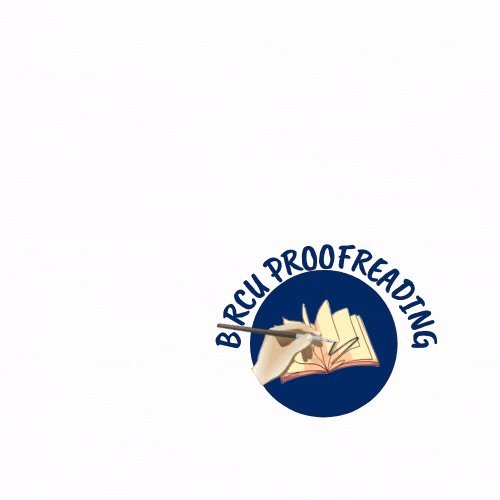The Effect of Utilization of Sugarcane Bagasse Ash as Partial Substitution of Cement with Silica Fume Added Materials on the Compressive Strength of Concrete
Abstract
Concrete is a very important material used in the construction sector. In this study, the concrete was made using bagasse ash added, which is known to contain high levels of silicates and pozzolans. In addition, to produce better quality concrete, silica fume concrete additive is used as an additional chemical for concrete mixtures. Silica fume itself is used to make better quality concrete. This study used bagasse ash for 3%, 6%, and 9% of the weight of cement, and silica fume concrete additive was used for 15% of the weight of cement. The dimension of the test object used is a cylinder measuring 15 x 30 cm with a concrete age of 14 and 28 days, for a slump value of 60-180 cm. Planning of concrete mix using SNI 03-2834-2000 method. The test carried out is the compressive strength test of concrete. Each variation made 3 specimens, so the total number of specimens was 24 test specimens. The results of the normal concrete research obtained a compressive strength of 21.08 Mpa, at the age of 14 and 30.11 Mpa at the age of 28 days. while the concrete which was mixed with 3% bagasse ash and 15% silica fume was 22.08 MPa at the age of 14 days and 33.46 MPa at the age of 28 days. than 6% bagasse ash concrete and 15% silica fume amounted to 26.1 Mpa at the age of 14 days and 35.13 Mpa at the age of 28 days. and concrete with a mixture of 9% bagasse ash and 15% silica fume was 29.11 MPa at the age of 14 days and 37.14 MPa at the age of 28 days. Optimum compressive strength results occur in concrete with a mixture of 9% bagasse ash and 15% silica fume, which is 38.09% MPa.
Keywords
Full Text:
PDFReferences
Agussani. (2020). Implementation Analysis of Trans Mebidang Program in Transportation Mode Services, North Sumatera (Comperative Study of Medan City). Budapest International Research and Critics Institute-Journal (BIRCI-Journal). P. 1167-1174.
Derlangga Sinambela, W., & Zulkarnain, F. (2020). Tambah Abu Sekam Padi Pada Lingkungan Sulfat.
Fany, R. S., & F Zulkarnain. (2020). Pengaruh Penambahan Limbah Serbuk Kayu Sebagai Subsitusi Parsial Agregat Halus Dengan Bahan Tambah Am 78 Concrete Additive Terhadap Kuat Tekan Beton.
Handoko, W F, Zulkarnain, F. (2020). Tugas Akhir Tugas Akhir. Jurnal Ekonomi Volume 18, Nomor 1 Maret2020, 2(1), 41–49.
Ilham Sani, I., & Zulkarnain, F. (2020). Perbandingan Pemakaian Air Kapur Serta Pengaruh Penambahan Sika Fume Terhadap Ketahanan Beton Mutu Tinggi ( Studi Penelitian ).
Indra, M., & Zulkarnain, F. (2020). Pengujian Kuat Tekan Beton Dengan Menggunakan Abu Cengkang Kelapa Sawit Dengan Bahan Tambah Bondcrete. Jurnal Teknik Sipil Muhammadiyah Sumatera Utara.
Nazar, B., & Zulkarnain, F. (2020). Pengaruh Abu Batang Pisang Ditambah Sikacim Concrete Additive Terhadap Kuat Tekan Beton.
Rompas, G. P., Pangouw, J. D., Pandaleke, R., & Mangare, J. B. (2013). Pengaruh pemanfaatan abu ampas tebu sebagai substitusi parsial semen dalam campuran beton ditinjau terhadap kuat tarik lentur dan modulus elastisitas. Jurnal Sipil Statik, 1(2), 82–89.
Setyawan, D., Saleh, F., & Payuda, H. (2016). Pengaruh Variasi Penambahan Abu Ampas Tebu Terhadap Flowability Dan Kuat Tekan Self Compacting Concrete. Jurnal Rekayasa Sipil (JRS-Unand), 12(2), 111. https://doi.org/10.25077/jrs.12.2.111-120.2016
Sukuri, I., & F Zulkarnain. (2020). Analisis Ketahanan Beton Terhadap Rendaman Sulfat Terhadap Kuat Tekan Beton Dengan Variasi Bubuk Kaca Subsitusi Sebagian Semen. Jurnal Teknik Sipil Muhammadiyah Sumatera Utara.
Susilo, D. A. (2019). Efek Penggantian Sebagian Semen Dengan Silica Fume Terhadap Berat Jenis dan Kuat Tekan Beton Ringan. Efek Penggantian Sebagian Semen Dengan Silica Fume Terhadap Berat Jenis Dan Kuat Tekan Beton Ringan, 53(9), 1689–1699.
DOI: https://doi.org/10.33258/birex.v4i3.5690
Article Metrics
Abstract view : 49 timesPDF - 22 times
Refbacks
- There are currently no refbacks.

This work is licensed under a Creative Commons Attribution-ShareAlike 4.0 International License.

This work is licensed under a Creative Commons Attribution-ShareAlike 4.0 International License.

_.gif)
















_.gif)


